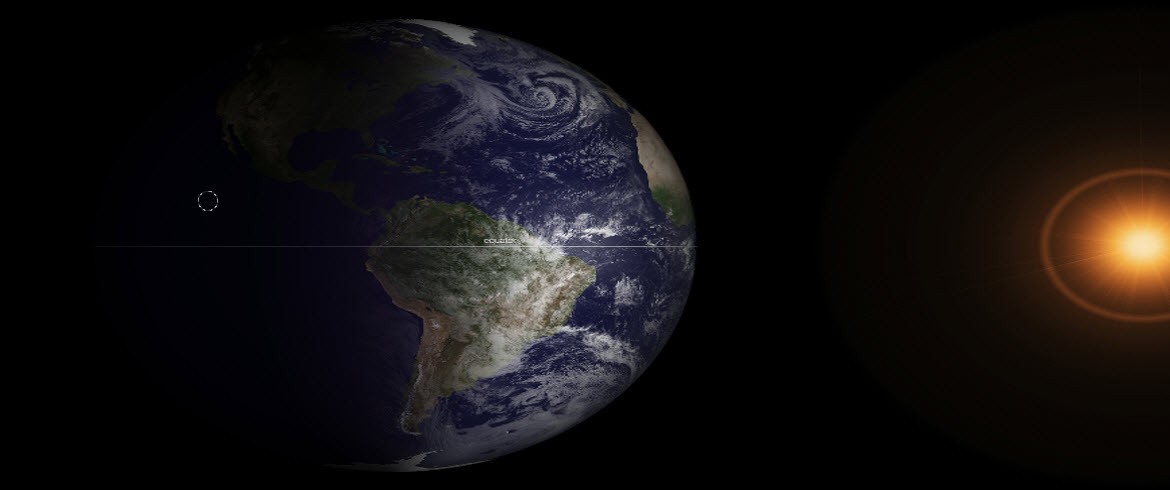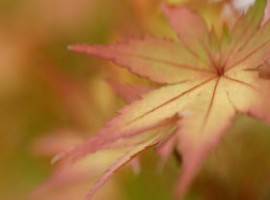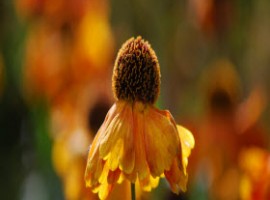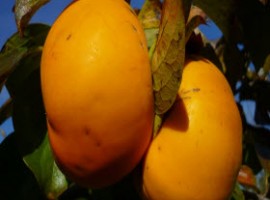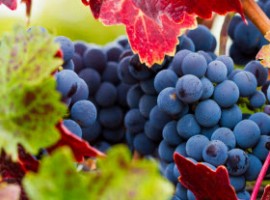Spellbound by the beautiful Persephone, daughter of Zeus and Demeter, Hades kidnapped her. The God of the Underworld then took pity on Demeter and she rescued her daughter but her victory over Hades was not complete: Hades allowed Persephone to go back on the condition that she returned in six months.
According to the ancient Romans, the sad myth of Persephone living half of the year in the Underworld and half of it on Earth explained the seasonal changes: the autumn equinox signalled the day Persephone was captured and taken to Hades and the beginning of her time in the Underworld. Demeter, goddess of agriculture, in her sorrow, stopped seeds from growing and bearing fruit. The spring equinox, in turn, marks the return of Persephone and is welcomed by the awakening of Nature.
The myths helped the Romans and ancient peoples find a logical explanation to phenomena they could otherwise not explain: why do the days become shorter towards the end of September? Why do temperatures get chillier and all of nature seems to fall asleep?
- Autumn colours by Hisako Tanaka via Flickr
- Autunn flower via Flickr
- Autumn colours by Nick Kenrick via Flickr
We now know, and have known for a long time, that the equinox does not mark the day of Persephone’s kidnapping; it is, rather, the “equi noctis” day, a Latin expression meaning the day when daylight and night time hours are equal is a little misleading, as we will soon see.
To be precise, the equinox is the exact moment when the celestial equator and the ecliptic intersect.
The Earth moves around its star, the Sun, over an elliptical rotation: the celestial equator.
Imagine an elliptical figure meeting the line of a second different rotation: the Sun rotation. When the two itineraries meet, the Sun’s rays hit the Earth perpendicularly.
Yet the traditional story about day and night lasting the same amount of hours is not correct: although the sun’s rays are perpendicular to the Earth, many other phenomena interfere with this event, such as light refraction. It’s therefore quite unusual to go from daylight to darkness at a moment’s notice: it usually takes a few minutes, or even hours before the transformation to darkness is complete. We call this event “sunset”: it is neither daylight nor night time, it is something in between; a romantic limbo, a suspension of time.
And yet, the autumn and the spring equinox are the only two days during the solar year when the sun rises from the East and sinks below the horizon to the West. I know we have all grown up with the story of the sun rising from the Far East, from China and even further beyond. It is not completely wrong, just slightly incorrect: the sun does rise from the East, but only on the equinox days.
- Khaki photography by Joan Grifols via Flickr
- Black grapes photography by D. Wood via Flickr
- Autumn fruit by Stephen Bowler via Flickr
It is also true that the autumn equinox coincides with fewer daylight hours and, because of this, we are likely to feel more lethargic, wanting to spend more time in bed or lounging on the sofa.
How can we resist the temptation to laze around for days on end?
Autumn itself helps us out with some of his gifts:
- The foliage colours are such a vivid pleasure, a walk through red and golden leaves on the ground can cheer the most melancholic soul up.
- And sweet grapes, sunny khaki and roasted chestnuts bring happiness to kids and adults alike.
As Aristotle once said, Nature does nothing uselessly.
